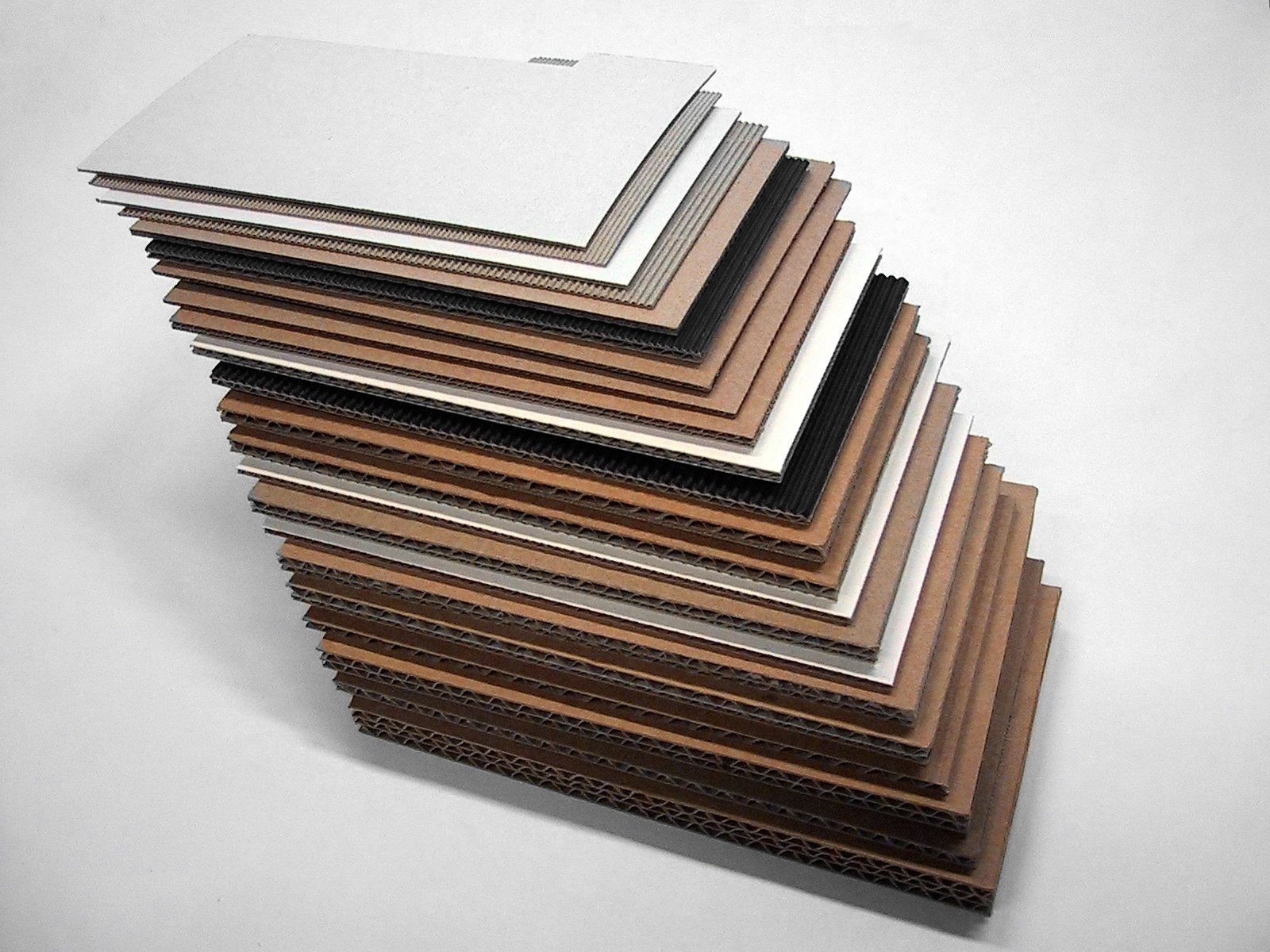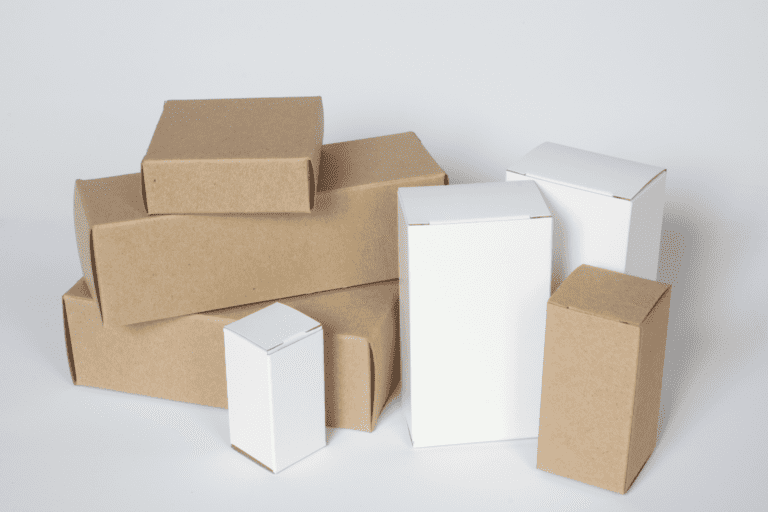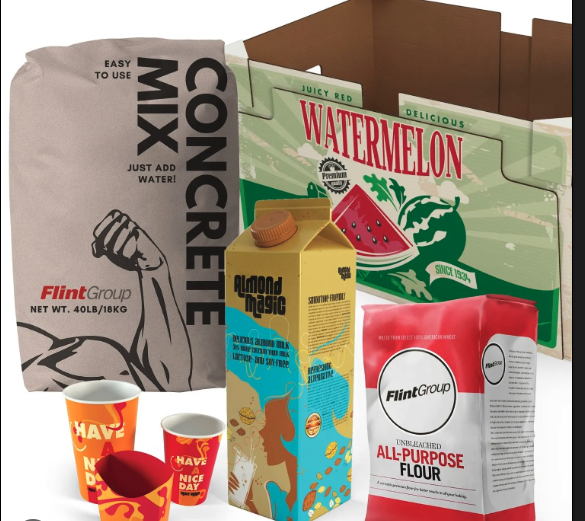
In the world of packaging, sustainability is more than a trend—it's a necessity. Understanding that even the smallest decisions can significantly impact the environment. One such critical decision involves the choice of paperboard coatings. Let's delve into the common paperboard coatings, their environmental implications, and the best solutions.
The Sustainability Hierarchy of Print Graphics
Graphic Approach and Sustainability Ranking:
-
No Coating
- Sustainability Ranking: Most Sustainable
- Recommendation: Highly recommended if feasible, as it offers the highest level of sustainability.
- Finish Effect: Matte
- Print Spec Notes: Soy ink compatible
- Cost Implication: $
-
Water-Based Aqueous Coating
- Sustainability Ranking: More Sustainable
- Recommendation: Recommended if additional protection for printed graphics is needed while maintaining a high level of sustainability.
- Finish Effect: Gloss, Matte, Satin, Soft Touch
- Print Spec Notes: Soy ink compatible
- Cost Implication: $$
-
Printed with UV Ink (on kraft)
- Sustainability Ranking: Sustainable
- Recommendation: Consider for high-definition graphics with less likelihood of miscategorization during sorting at recycling centers.
- Finish Effect: Satin, Gloss
- Print Spec Notes: Uses UV ink exclusively
- Cost Implication: $$$
-
UV Coating (Recyclable Formulation)
- Sustainability Ranking: Moderately Sustainable
- Recommendation: Consider if the specific formulation is verified to be recyclable and if the benefits outweigh potential recycling challenges.
- Finish Effect: High-Gloss, Satin
- Print Spec Notes: Soy ink compatible, but introduces an unnecessary step during manufacturing when combined with UV coating
- Cost Implication: $$$
-
Film Lamination
- Sustainability Ranking: Least Sustainable
- Recommendation: Use sparingly, if at all, due to its negative impact on recyclability and environmental sustainability.
- Finish Effect: All Finishes
- Print Spec Notes: Soy ink compatible
- Cost Implication: $$$$
Environmental Impact: No Coating
Choosing uncoated packaging emphasizes a brand’s commitment to sustainability. Uncoated packaging is 100% recyclable, cost-effective, and aligns with eco-conscious consumer values, enhancing brand loyalty. However, its subdued appearance and potential for damage during handling might not be ideal for all retail environments, where eye-catching designs and durability are critical.

Environmental Impact: Water-Based Coating
Water-based coating offers an environmentally friendlier option compared to other coatings. Despite this, they do require energy and water resources for production, contributing to the overall environmental footprint. However, they strike a balance between sustainability and providing the necessary protection for printed graphics.
Environmental Impact: Printed with UV Ink
Printing with UV ink on kraft paper combines a natural brown paperboard look with a low-shine finish, signalling to both consumers and recycling facilities that the material is safe to pulp. While UV printing delivers high-definition graphics, it requires energy-intensive processes and chemicals, presenting certain environmental challenges. Unfortunately, UV ink cannot be replaced with soy ink, limiting some eco-friendly alternatives.

Environmental Impact: UV Coating
UV coatings provide a high-gloss finish but require ultraviolet light for curing, consuming additional energy. Despite being more recyclable than film lamination, they can be misclassified during sorting at recycling facilities, leading to disposal in non-recyclable streams. Thus, while they offer certain benefits, UV coatings need careful consideration regarding their overall sustainability impact.
Environmental Impact: Film Lamination
Film lamination involves adhering a plastic film onto paper, complicating recycling processes. The plastic film contaminates the paper pulp, reducing the quality of recycled paper and often rendering it unrecyclable. Despite the assumption that all paper-based packaging is recyclable, laminated packaging frequently ends up in landfills, contributing to environmental pollution. Many retailers are now revising standards to avoid such materials in favour of more sustainable alternatives.

Wrapping Up
Evaluating your packaging's sustainability involves considering every detail, including paperboard coatings. Opt for eco-friendly options like uncoated or water-based coatings when possible, and ensure proper disposal practices. By making informed choices, businesses and individuals can minimize environmental impact while fulfilling their packaging needs.
In the pursuit of sustainability, every decision counts. Let's make choices that contribute positively to our environment and reflect our commitment to a sustainable future.








